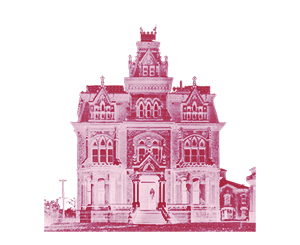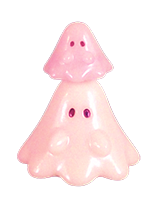architecture 101
a syllabus for haunted house studies


i've been asked a bunch of times what i'd recommend reading/watching/etc for people who want to get into haunted houses, so here's a little syllabus of sorts. this is by no means a comprehensive list, just some of my favorites that i think work well as an introduction to haunted houses as a subject!
in my interpretation, haunted houses are less about houses with ghosts and jumpscares and the like, and more about houses that are alive, or that hold on to the bad things that happen within their walls; houses that hate or love too much; houses that become animate rather than inanimate.
got more haunted house recommendations you think i'd enjoy? leave a comment! i'm always eager for new haunted house media to check out!







